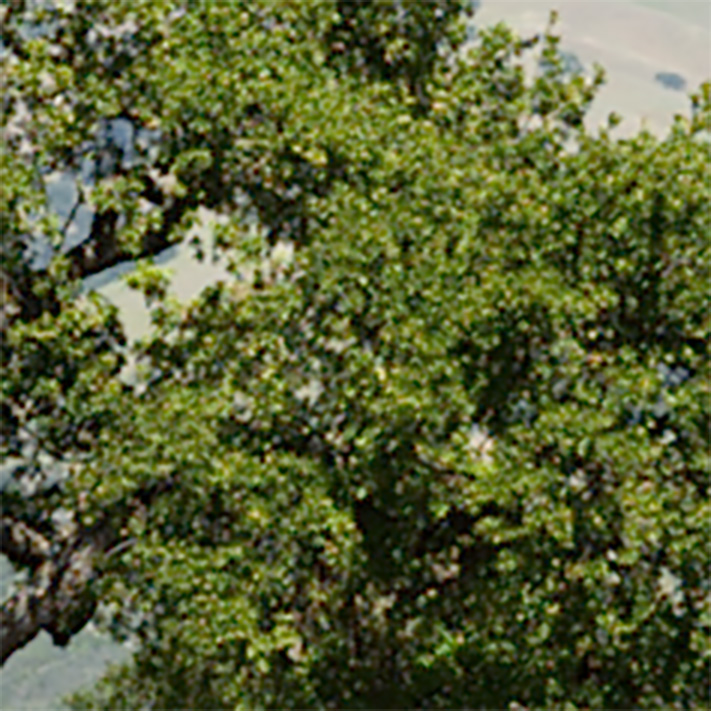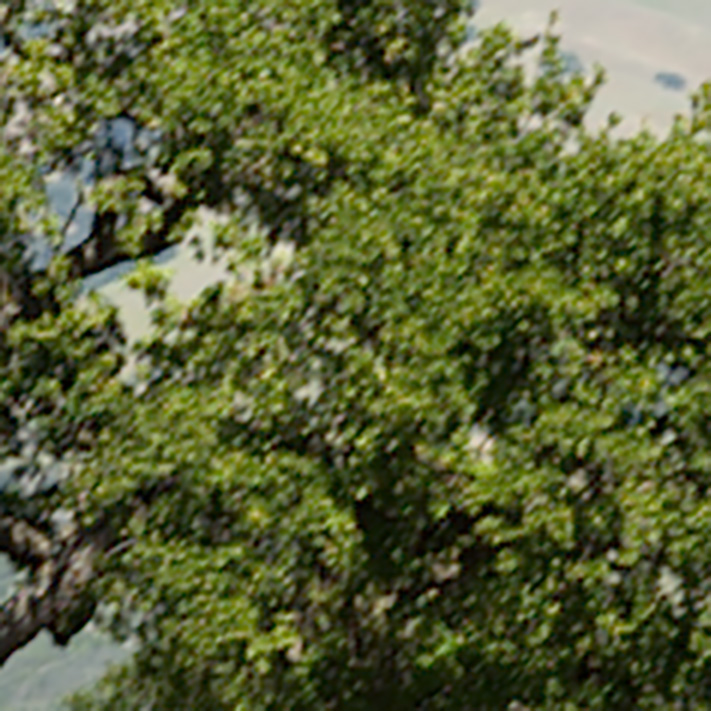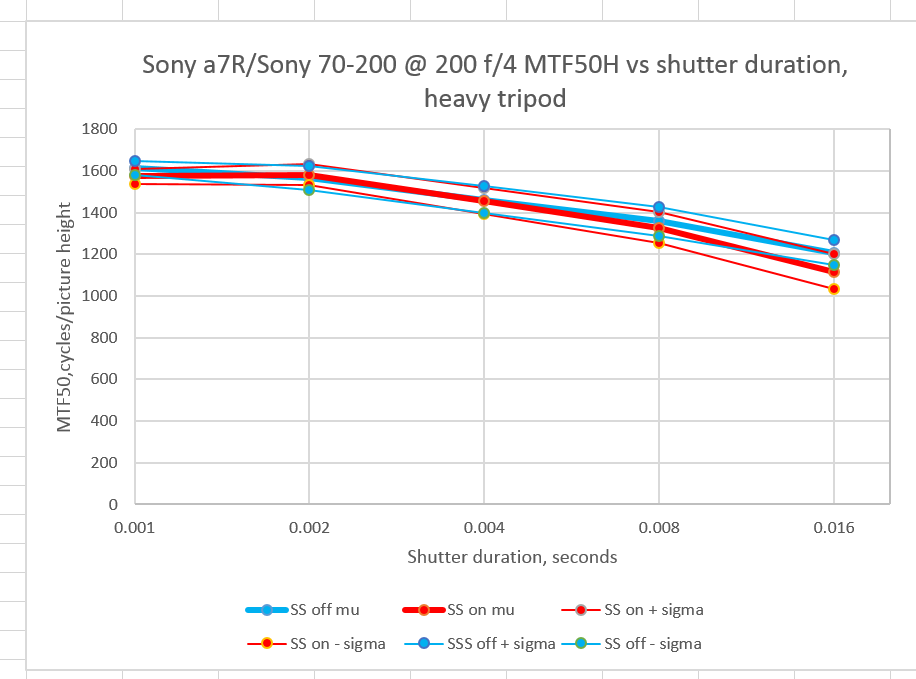Ever since the Sony alpha 7R (let’s call it the a7R) came out in late 2013, a furor has raged about its shutter shock, or, more precisely, on whether it had any. One group of people — and that includes moi — were analyzing its effects and developing ways to ameliorate it. Another group vehemently defended the position that a7R shutter shock was as real as the Easter Bunny, and posted lots of sharp-looking pictures made with the camera.
The battle continues, albeit at reduced intensity. I expect it will pick up again when and if a new version of the camera is introduced with electronic first curtain shutter (EFCS). Lots of people will trade up. Then there will be lots of the old cameras on eBay, and lots of posts on dpr asking whether the old camera is a good deal, and what about that shutter shock?
I have always maintained that the root of the disagreement was that many of the shutter-shocked images made with the a7R have only modest sharpness impairments, and that they are plenty sharp for their intended purpose, and, without a picture of the same subject with the same lens at the same time with no shutter shock (something impossible to set up until the D810 shipped), there was no way to tell how much, or even whether, the a7R image was degraded.
It occurs to me that, with the images from yesterday’s post, we now have a way to, through the magic of simulation, do that very comparison.
Consider these MTF50 curves for the a7R on a tripod with a Sony 70-200mm f/4 OSS FE lens, with OSS on and off:
We can see that shutter shock reduces the MTF50 from about 1600 cycles/picture height (cy/ph) to about 1200 cy/ph as the shutter speed changes from 1/1000 second to 1/60 second.
Let’s look at the 3x blowups from yesterday’s post that are closest to those MTF50s:


Yes, there’s some difference. No, it’s not striking. You’d have to look hard to see it in a print of this detailed image. You’d probably never see it in a print of a wildlife or sports subject.
Therefore, when people claim that the a7R has no shutter shock, they may be saying that it doesn’t affect their pictures in any way that they can see. And they could be right.
I believe that there is another group of people who are a7R shutter-shock deniers, who are affected by what I call the dancing bear view. Proverbially, if you see a dancing bear, you’re just blown away that a bear can dance, and you don’t ask how well it can dance. If you’ve never had a 36 MP camera before, you may be amazed at all those pixels, and not question whether they are perfectly sharp.
By the way, the MTF50 numbers in the graph and the ones in the simulated photographs weren’t measured in exactly the same way. It’s not an important point, but I mention it in the spirit of full disclosure. I’ll have more on that nerdy little point in a future post.

Let me just put it simply. Yes, the A7R has shutter shock. No, it will not prevent me from choosing it over the A7.
Shutter Shock, tends to prominent only around sync speed (1/160) sec where the shutter is fully open before it closes, and the exposure is not long enough that the effects are negligible or short enough the shutter slit passing over the pixels do not give the vibrations enough time to muddle much of anything. More importantly, shutter shock amounts to no more than about half a pixel of smudging. In other words, in the worst case scenario the A7R will be reduced to the level of the A7 in terms of effective resolution (~24MP). At every other instance where shutter shock is immaterial it is superior. Hence, by all means get an A7R over an A7 if you don’t mind the contrast only focusing. You images won’t do any worse it can only do better. And if you REALLY, REALLY, care about the resolution of a particular shot, avoid shooting at 1/125~1/200. It’s not that hard to do. And if you forget? It’ll do no worse than if you got an A7.
Yes, the A7 and the A7R are flawed cameras — aren’t they all? But at the current “used” prices of $650 for an A7 and $1000 for an A7R, they represent a very good value.
With the 70-200/4 OSS lens, the a7R can have inferior resolution than the a7II at some shutter speeds:
http://blog.kasson.com/?p=9734
It takes between 1.5 and 2 pixels of motion blur at a 45 degree angle to turn a 36 MP camera resolution into that of a 24 MP camera.
http://blog.kasson.com/?p=4425
You assert that there is no more than half a pixel of shutter shock in the a7R. That statement is at variance with my testing. Can you tell me why you think the a7R shutter shock motion is always less than half a pixel.
Also, the shutter speeds to watch out for are not always in the 1/125 to 1/200 region. Here are the results on testing that shows significant degradation at speeds between 1/4 and 1/60:
http://blog.kasson.com/?p=5279
Jim